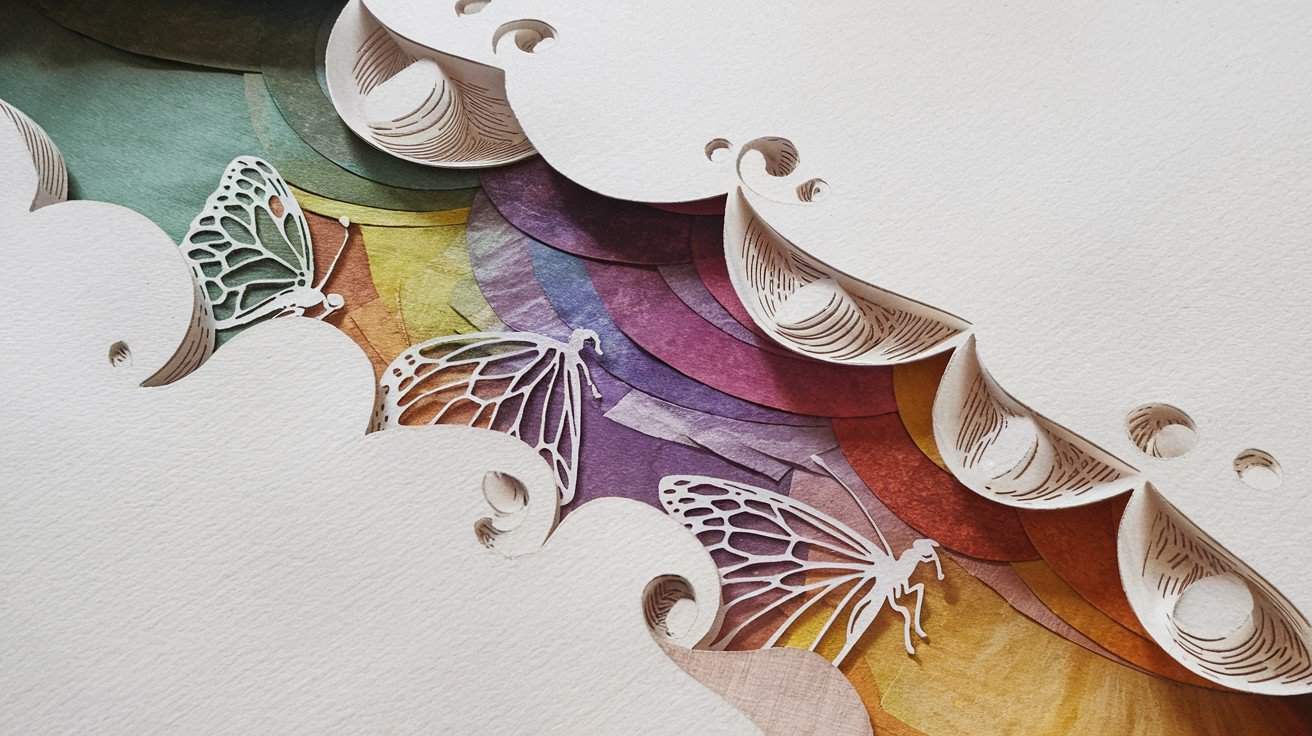I stared at my reflection one quiet morning, the steam from my coffee cup creating a hazy filter between me and the mirror. The face looking back seemed both familiar and foreign – like reading an old journal entry that feels written by a stranger. That’s when it hit me: I was in the midst of what many call a midlife crisis.
The term “midlife crisis” often conjures images of sports cars and impulsive career changes. But the reality is far more nuanced and deeply human. It’s that moment when we pause to ask ourselves the big questions: Is this all there is? Have I lived up to my potential? What happens next?
If you’re feeling lost in this maze of questioning and uncertainty, you’re not alone. Research shows that up to 26% of adults experience significant emotional distress during their middle years. But here’s the truth that often gets overlooked: this crisis can become a catalyst for profound personal growth and renewal. Many individuals harness their feelings of confusion and anxiety as a springboard for self-discovery, leading to a deeper understanding of their values and aspirations. This journey often involves confronting uncomfortable truths about oneself, ultimately guiding them toward finding peace in existential dread. By embracing this tumultuous period as an opportunity for transformation, one can emerge not only with greater resilience but also with a renewed sense of purpose and direction.
Let’s explore how to navigate this challenging terrain with grace, purpose, and hope.
Recognizing the Real Signs of a Midlife Crisis
The first time Sarah called me, her voice cracked with emotion. “I have everything I thought I wanted,” she said, “but I feel completely empty inside.” This successful business owner and mother of two was experiencing what many of us face – the disconnect between external achievements and internal fulfillment.
The signs aren’t always dramatic or obvious. Sometimes they whisper rather than shout:
- A persistent feeling of restlessness or dissatisfaction
- Questioning long-held beliefs and values
- Sudden awareness of mortality
- Feeling trapped in your current life situation
- Deep nostalgia for younger days
But here’s what’s important to understand: these feelings aren’t signs of failure – they’re invitations to growth.
The Hidden Gift Within Your Crisis
Think of a midlife crisis like a cocoon stage – uncomfortable, constraining, but ultimately transformative. It’s nature’s way of pushing us toward our next evolution.
I remember working with Michael, a corporate executive who felt suffocated by his success. His crisis forced him to confront the gap between his authentic self and the person he’d become. Through this struggle, he discovered a passion for teaching and eventually transformed his crisis into a calling, starting a mentorship program for underprivileged youth.
The gift lies in the questions themselves:
- What truly matters to me now?
- What parts of myself have I neglected?
- What wisdom have I gained that I can share?
Practical Steps for Navigation
The path through a midlife crisis isn’t about escaping – it’s about engaging. Here are concrete steps that have helped countless others:
-
Create Space for Reflection
Start a journal, take long walks, or simply sit in silence for a few minutes each day. The answers often emerge in these quiet moments. -
Revisit Old Passions
What did you love before life got so serious? Whether it’s painting, music, or climbing mountains, reconnecting with past joys can illuminate future paths. -
Build Your Support System
Surround yourself with people who can hold space for your questions without rushing to fix them. Consider working with a therapist or counselor who specializes in life transitions.
Finding Meaning in the Middle
The most beautiful truth about midlife crisis is this: it’s not about finding your way back to who you were – it’s about discovering who you’re becoming.
Rachel, a client who struggled with intense midlife depression, found her way forward by asking not “What should I do?” but “Who am I becoming?” This subtle shift changed everything. She started volunteering at a local arts center, rediscovered her love of teaching, and gradually built a new life that felt both familiar and excitingly new.
Remember: The middle chapters of a book are often where the most important character development happens. Your story is no different.
Each time I look in that mirror now, I see something different – not just the signs of aging, but the marks of wisdom, the scars of growth, the eyes of someone who’s learning to embrace life’s continuous unfolding.
Your midlife crisis isn’t a dead end – it’s a doorway. Sometimes the most powerful thing we can do is simply stand in that doorway, feel all the feelings, and trust that this too is part of our becoming.
What chapter are you ready to write next?


